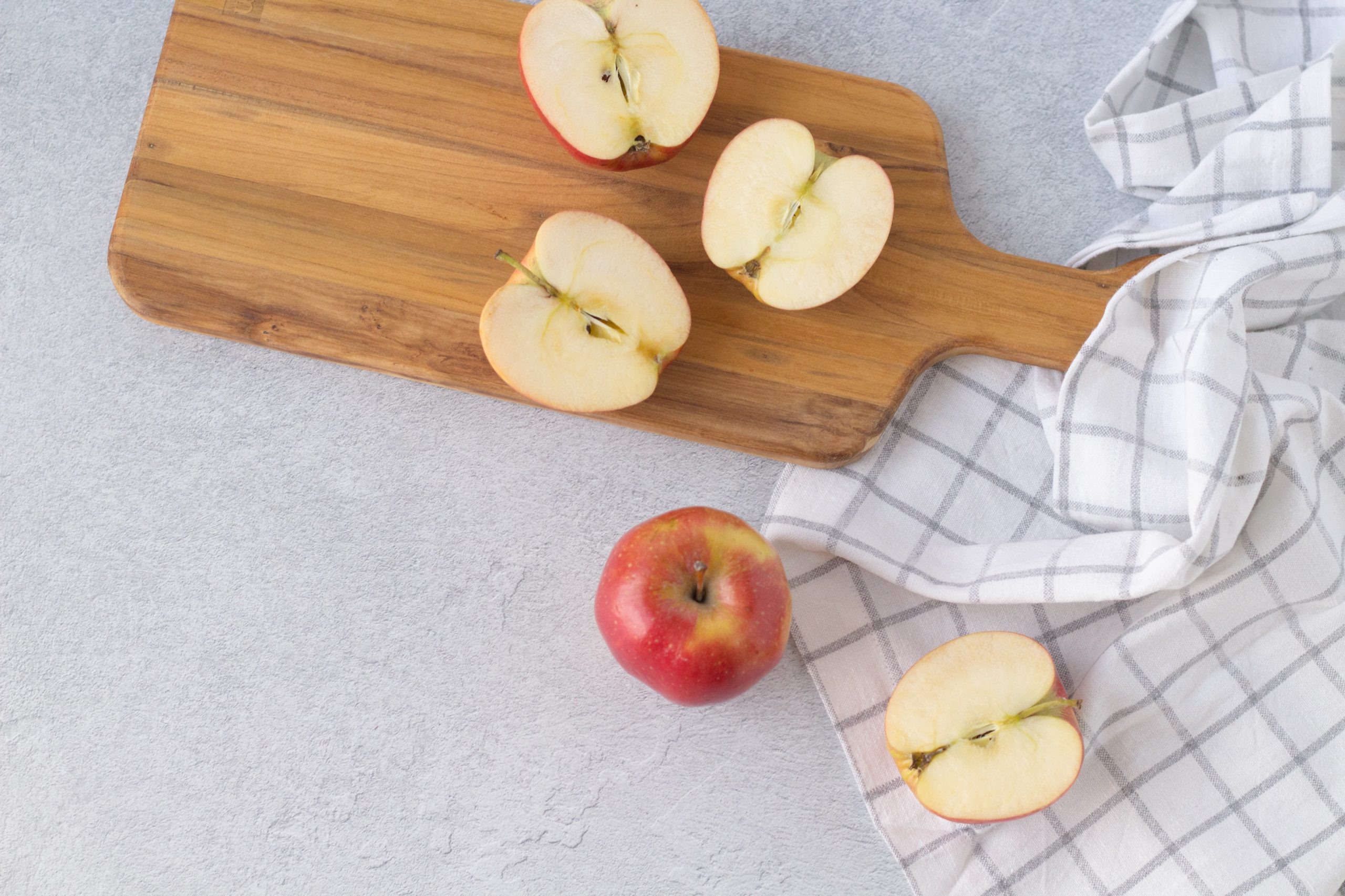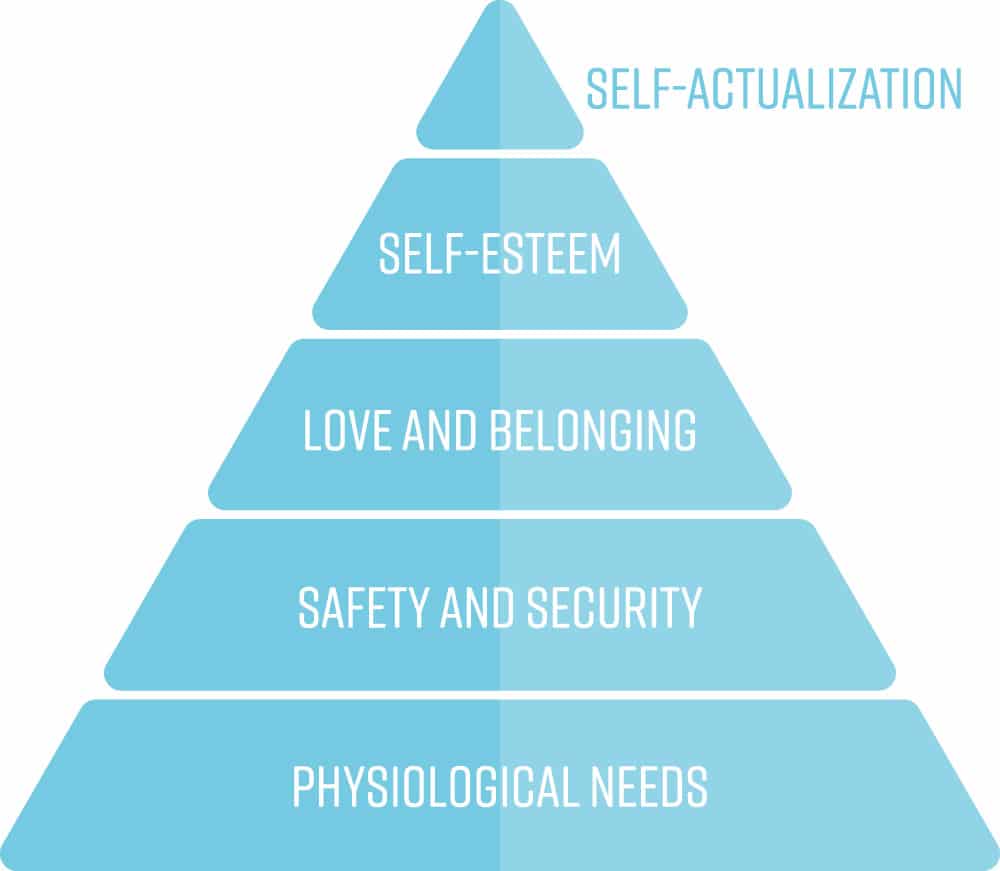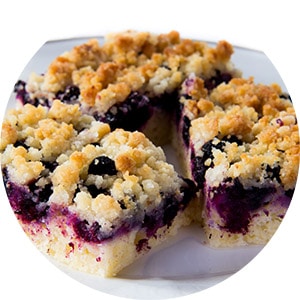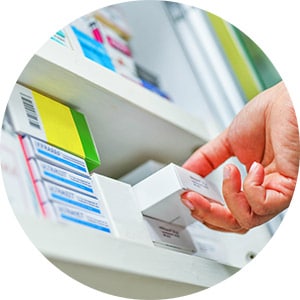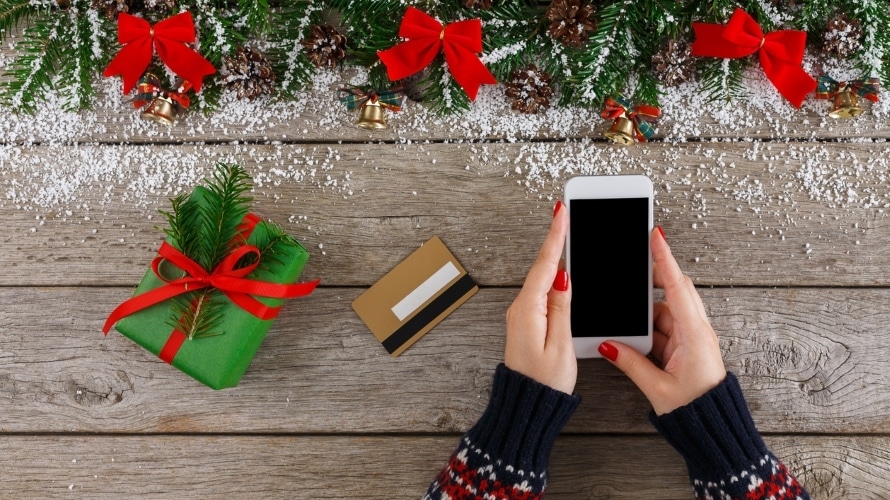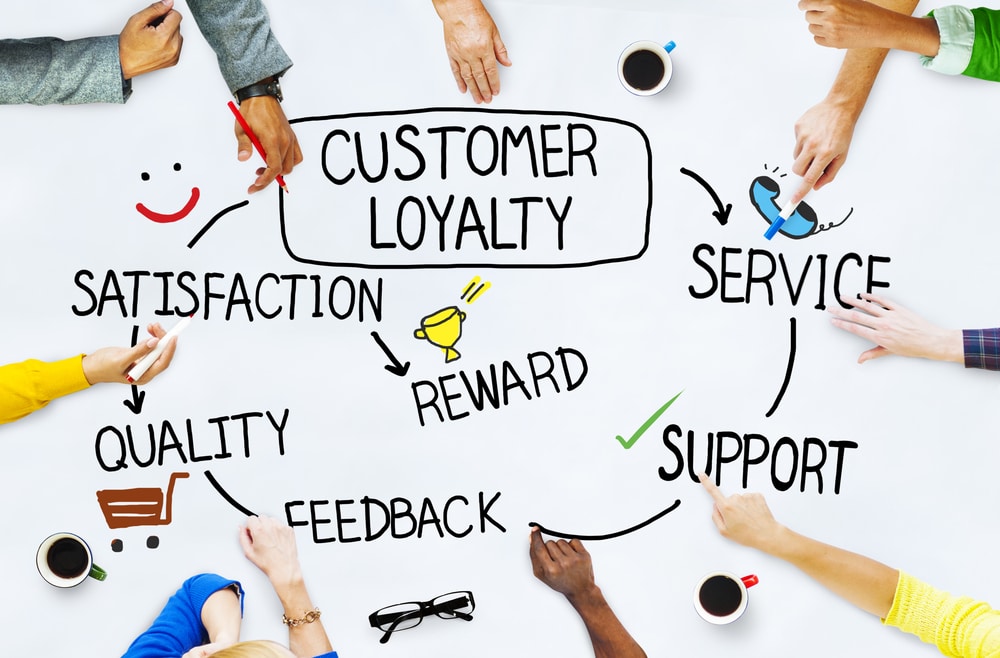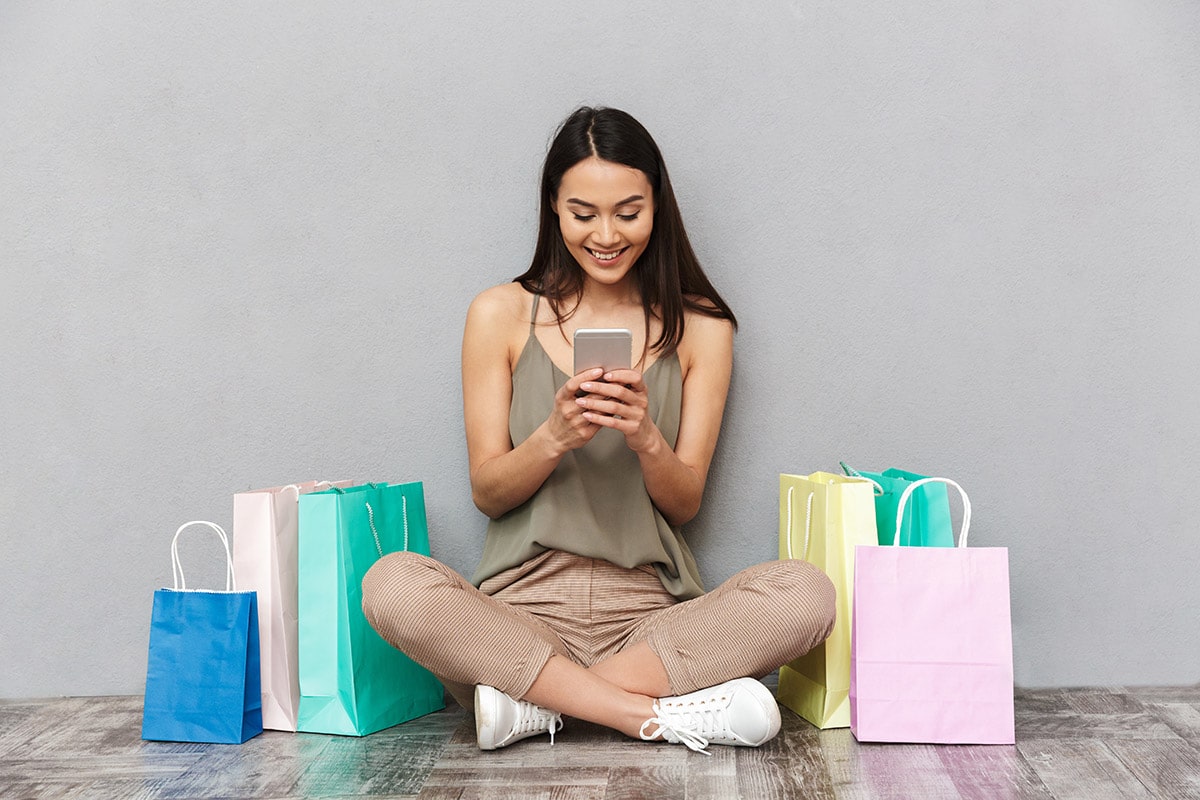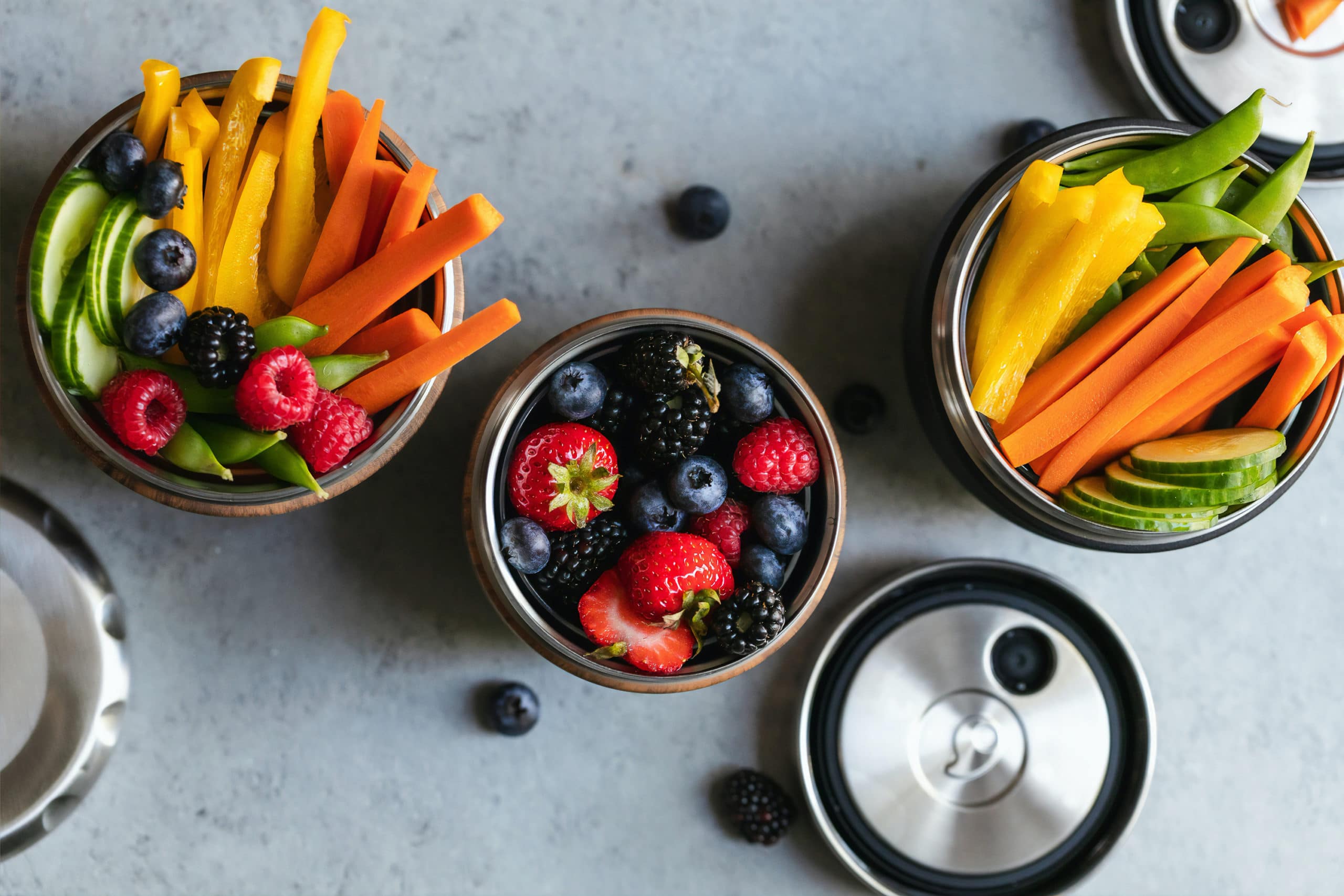There are many reasons to celebrate the arrival of fall, and we think one of them is definitely the start of apple season! We highly recommend choosing an afternoon to go apple picking in your local area. But, if apple picking isn’t quite your speed, there are still plenty of ways to craft with them. We’ve scoured the web to find five apple crafts we think kids of many different ages will enjoy. Let’s jump in!
Apple Stamping:
Kids love to paint, and apples make wonderful stamps. We found two apple stamping tutorials that you should try! One involves creating an apple basket, while the other will lead your littles to make painted apples with faces you can hang. This is a simple way to encourage your kids’ creativity and love for color!
Apple Weaving:
If you have kids that are slightly older, challenge their fine motor skills with this apple weaving craft. You will need cardboard, paint, ribbon, and a few extra (common!) tools. Weaving is great because it acts as a great way for kids to create patterns using texture and color, and the apple is a fun seasonal touch.
Apple Watercolor:
By using makers and water on coffee filters, your kids can create their own unique watercolor art. The great thing about this craft is you likely have the core supplies at home, which means you won’t have to spend additional money. We love that the end result is apples with a creative twist you can hang up all season long!
Apple Sun Catchers:
To add new seasonal fun to your windows, think about creating apple sun catchers! We found two different tutorials to create new accessories for your windows, and both are equally unique. The first involves collecting fallen autumn leaves in your yard and then piecing them together to create a sun catcher. The second involves creating apple shapes using plastic beads. You can’t go wrong!
Apple Keepsake:
Kids grow and change quickly, so it’s sweet to make and hang up crafts that include their hands and feet. This apple keepsake asks makers to stamp their painted feet onto paper and then turn the stamp into an apple. You could also create a similar look by repeatedly stamping a finger. Either way, the result is a project you will treasure for years.
Which apple project will you make with your kids? Share your creativity on Facebook!

